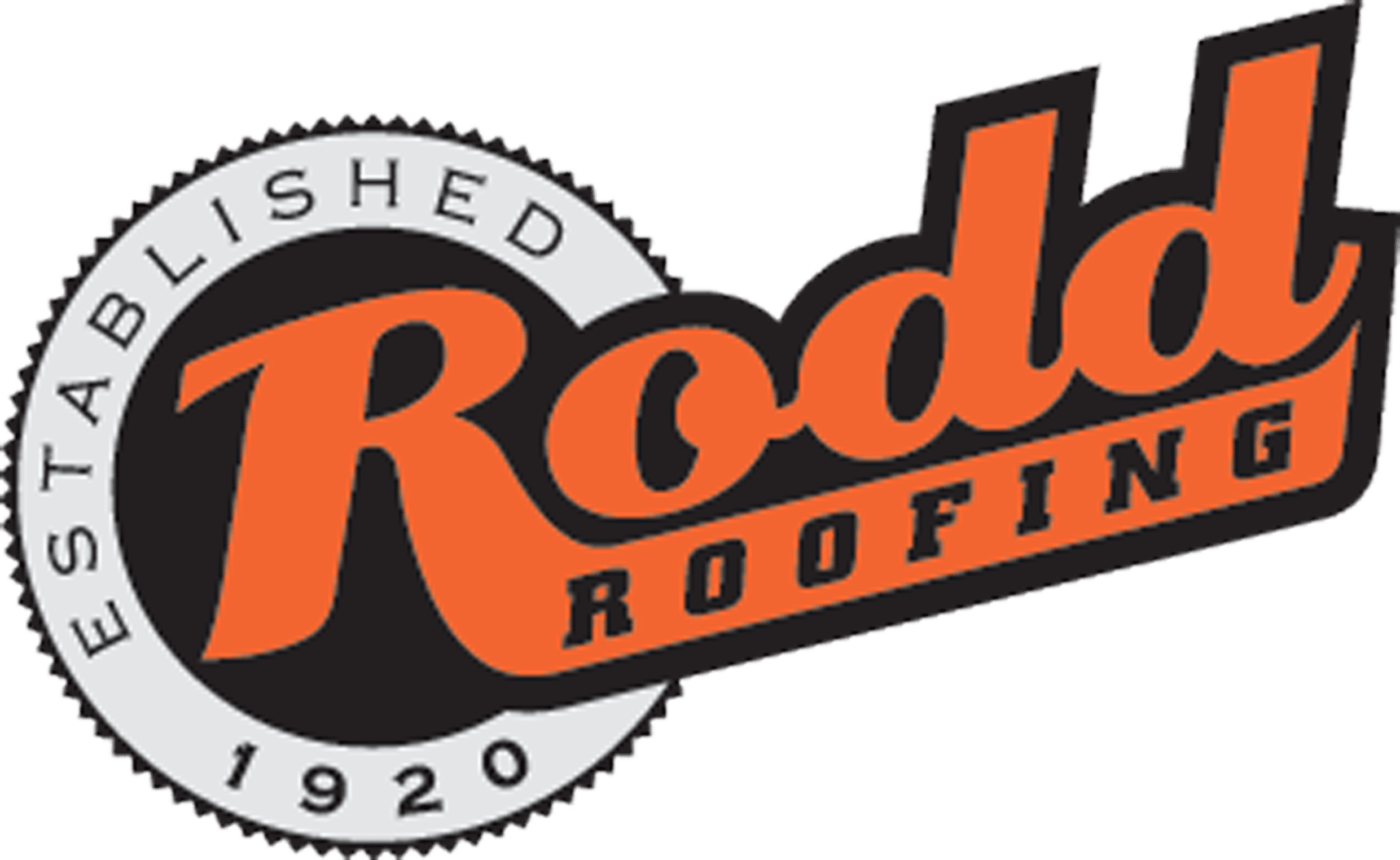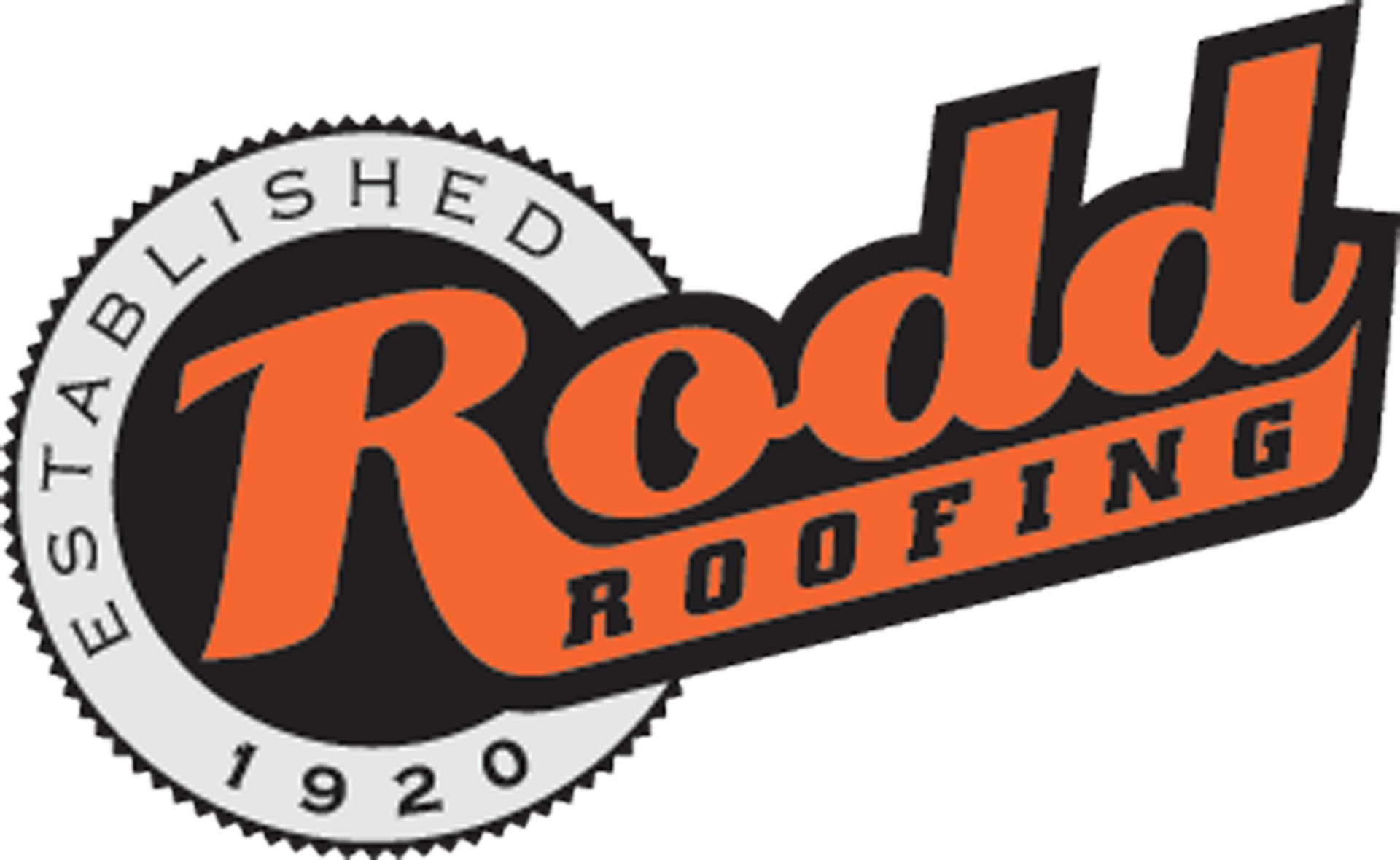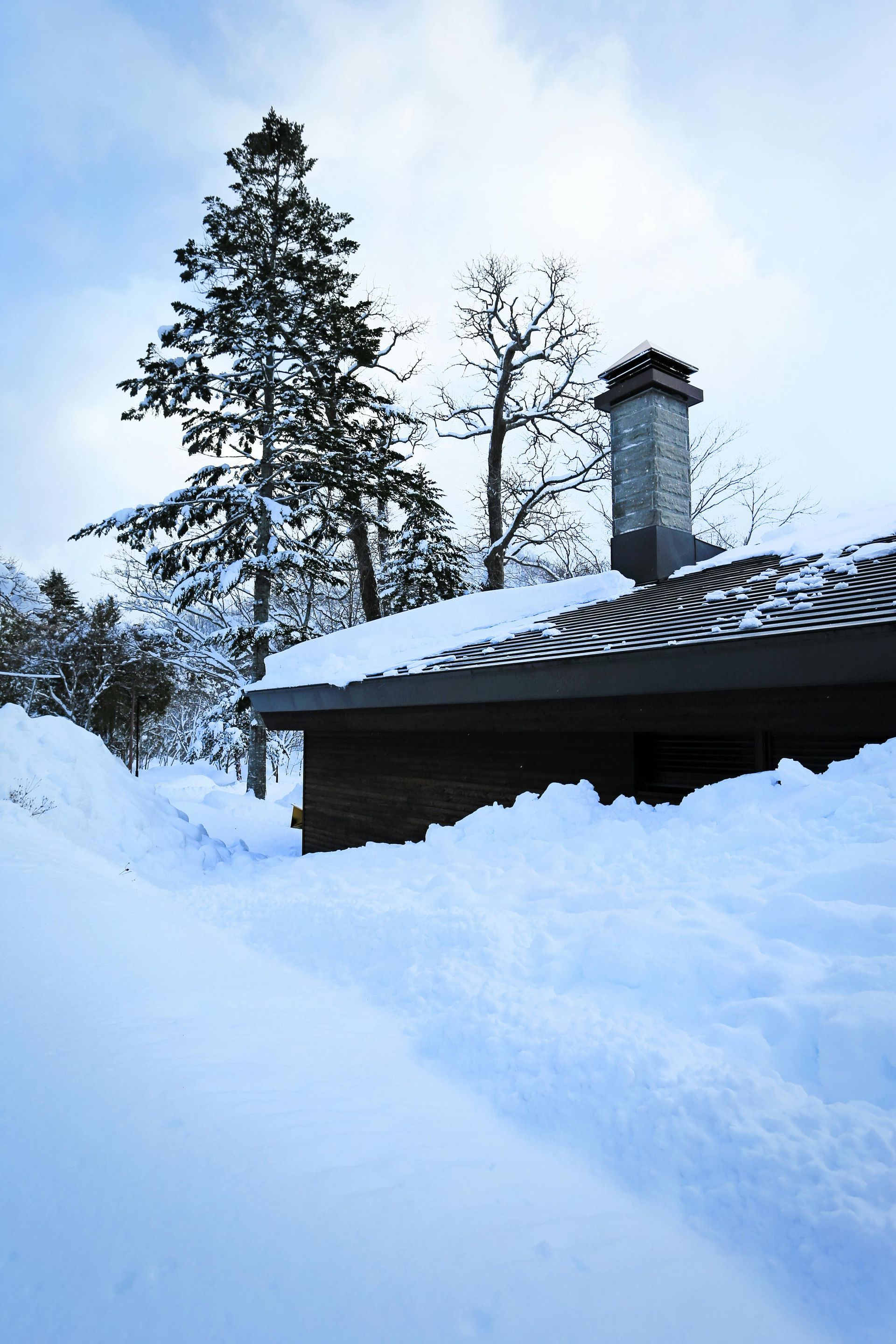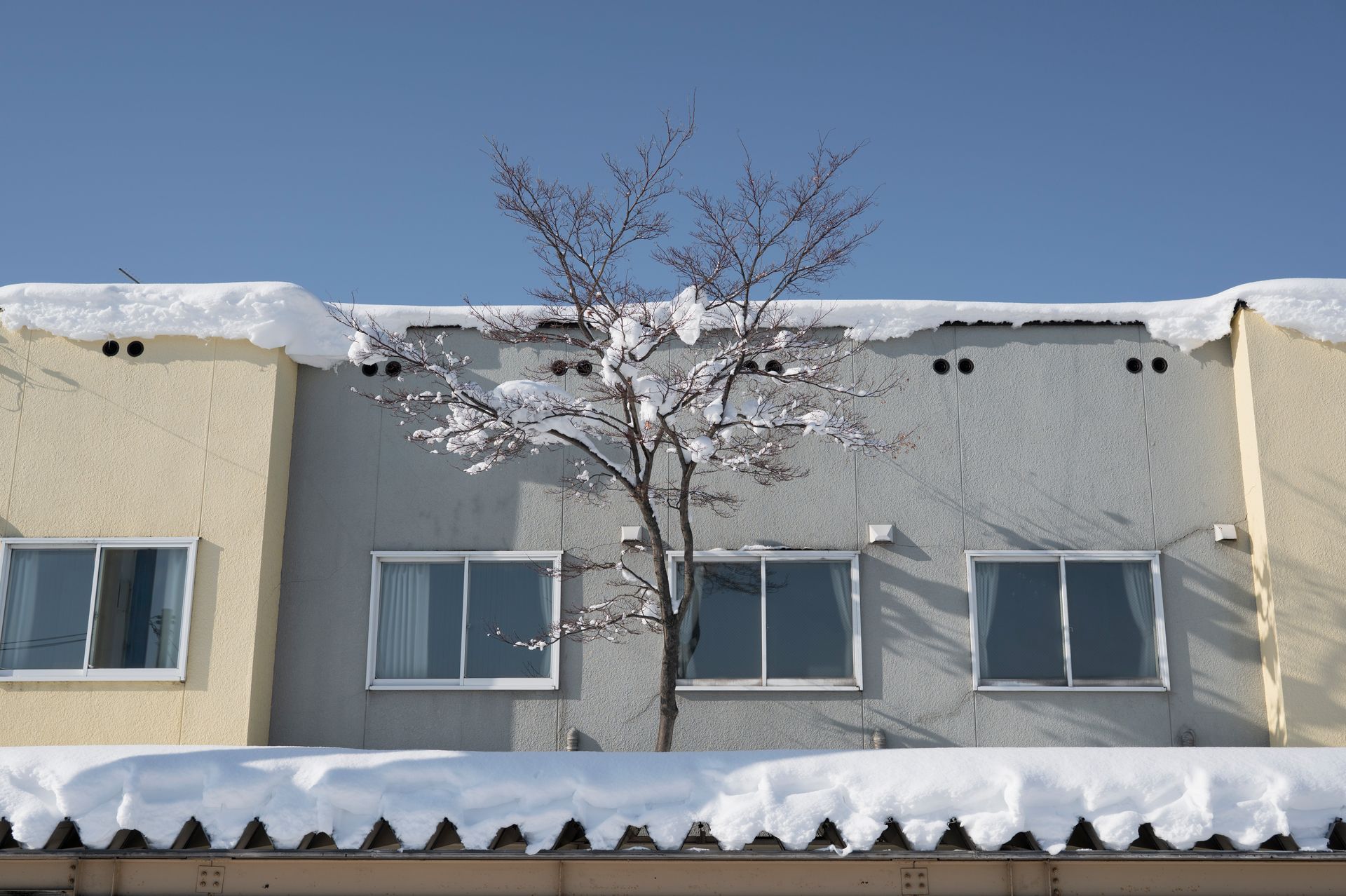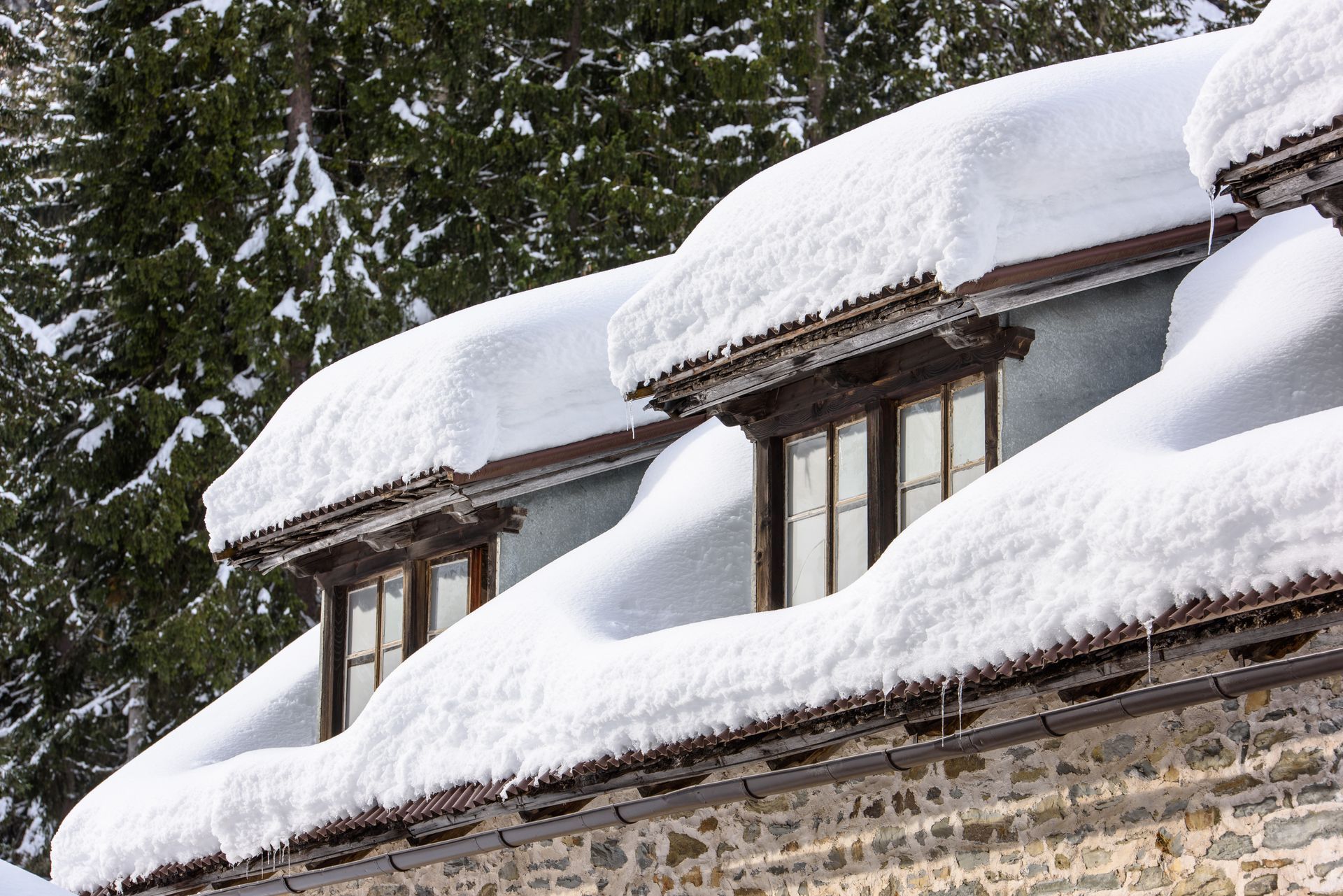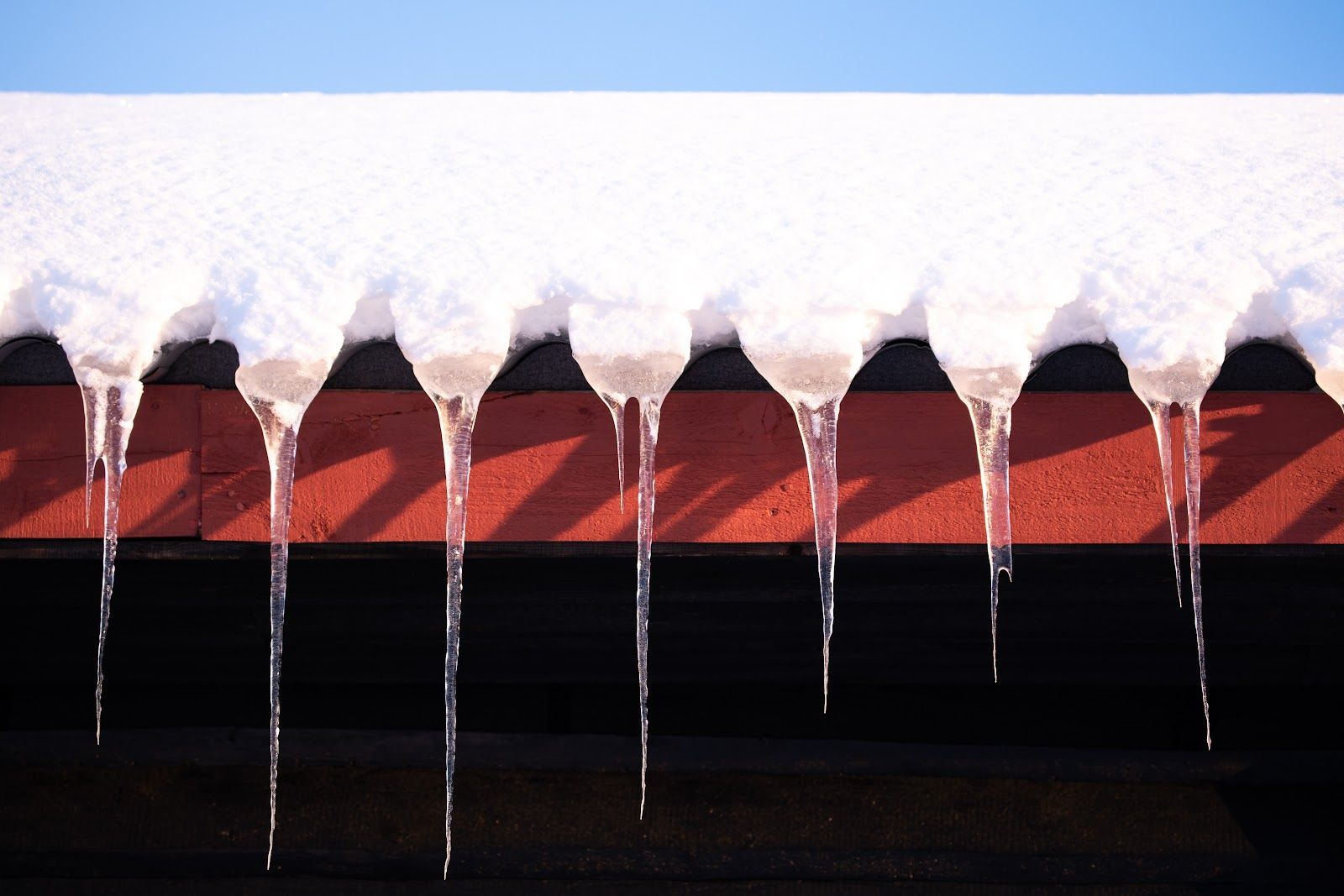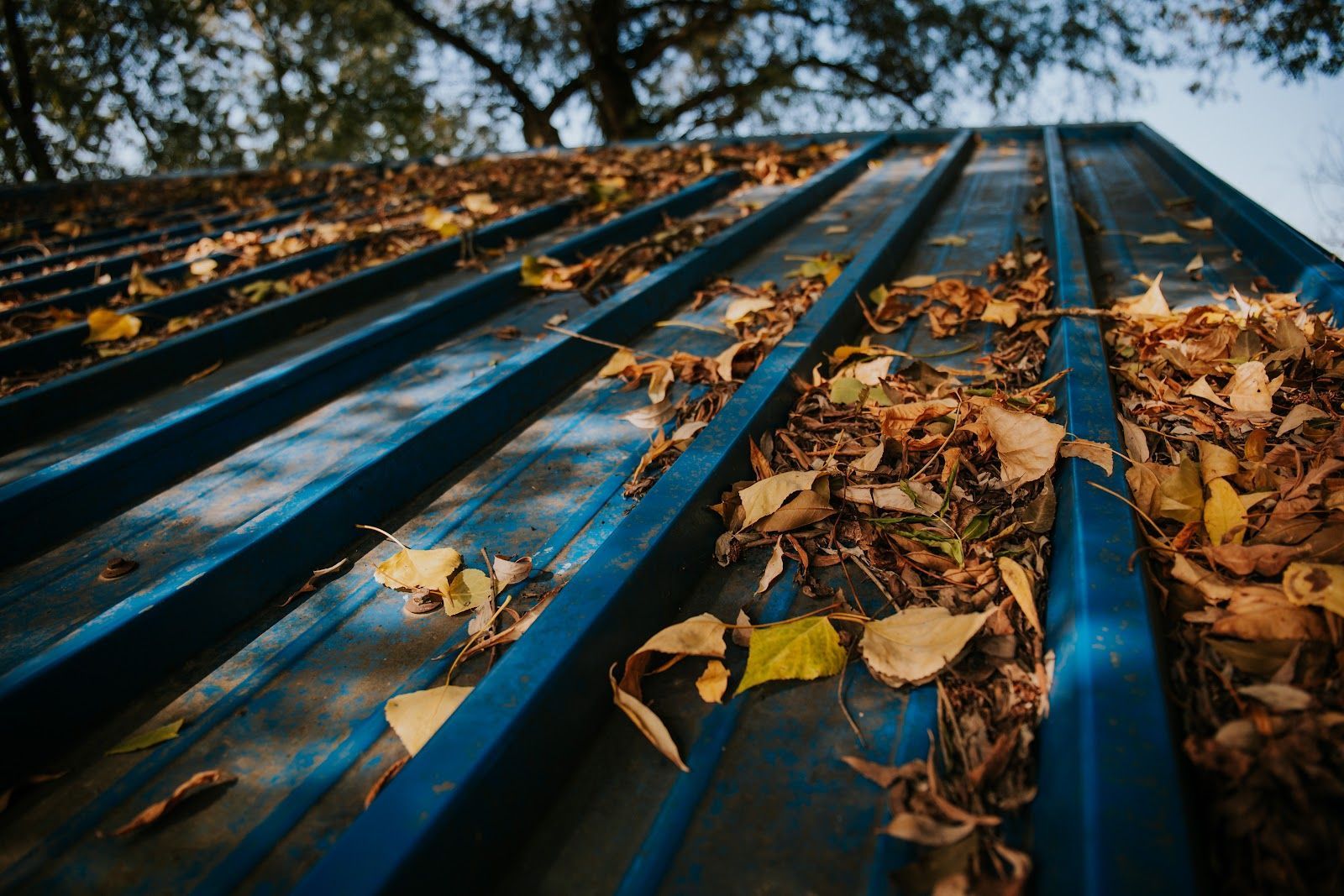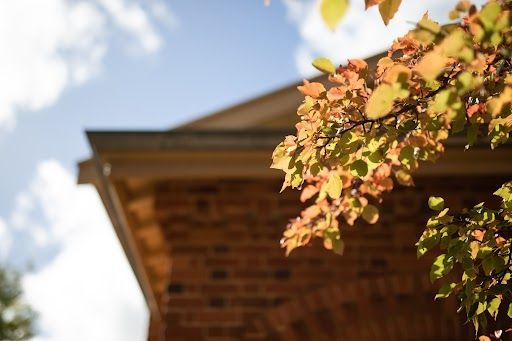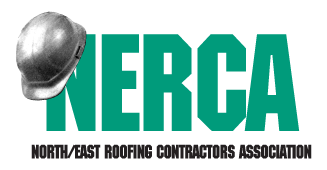Commercial Roof Repair vs Replacement
Commercial Roof Repair vs Replacement
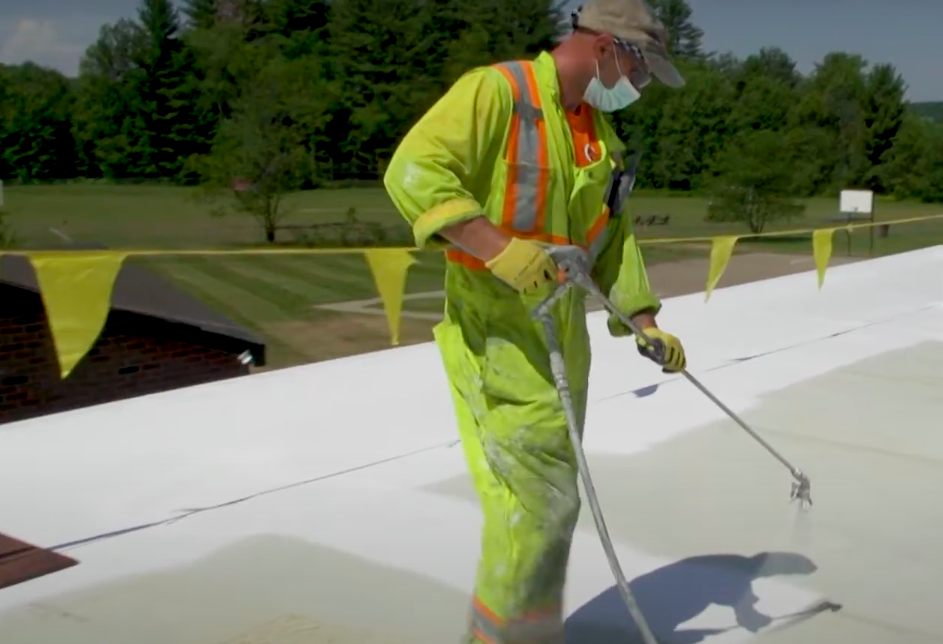
Because you depend on your roof to secure your structure, company assets, personnel, and customers, it might be alarming when this structural element starts to malfunction. While the majority of roofs have a lengthy lifespan, continual exposure to the weather and extremely high or low temperatures can shorten the life of your roof. Once enough damage has been done, you'll start to see leaks. Right now, repairing your roof will help it last longer. However, a roof replacement can be a preferable choice if the damage to your roof has outgrown the scope of a routine repair.
Depending on the nature of your roof, there are various strategies you can use to repair it. Elastomeric coatings are used in roof spray coating repairs to fix the damage. Flat and low-slope roofs composed of metal, rubber, EPDM, modified bitumen, shingles, and various other roofing materials can be repaired using this method. If your current roof has leaks or tears, standing water, rust, mold, or faulty installation, getting a commercial roof repair can be your best bet. The more efficiently you can lessen the effects of water damage, the sooner you should fix a problem with your roof. The ideal alternative is a coating repair because it will cost less money and swiftly fix the issues your roof is having.
Choosing the right material for your industrial roof and installing a new model are both parts of a roof replacement. Single-ply roofing is one of the finest solutions for replacing business roofs. To prevent further water damage to your building, a replacement roof is required if your roof is damaged beyond repair. We've put together a guide outlining the benefits if you're debating whether your building needs a flat roof replacement or repair.
Types of Roofs - Why does it matter?
The requirements for roof replacement and roof restoration depend on the type of roof you have. We will describe the various roof types in more detail so that you can comprehend things a little better. The type of roof determines the various repair solutions that are available. Let's examine the advantages and disadvantages of repair and replacement for each type.
Rubber and Single-Ply Roofs
Flat, single-ply roofs are most frequently made of a base made of rubber or plastic, which creates a single, waterproof layer. The roof pieces' joints are sealed using an adhesive substance, heat, or a mechanical procedure. No water will penetrate the roof thanks to the seal. Single-ply roofs are advantageous since they are light, adaptable, and affordable in comparison to other solutions.
The four main categories of single-ply roofing are as follows:
- EPDM, also known as ethylene propylene diene monomer, is a thin, flexible rubber substance used for commercial and industrial roofing. Rubber is resistant to the elements and offers an industrial roof a strong, long-lasting choice. Because harsh temperatures don't cause expansion or contraction, EPDM roofing is a great option if your region experiences severe weather events or sharp temperature changes. Over time, the material will inevitably deteriorate. A roof coating can be applied over the entire surface, sealant tape can be used to reinforce gaps, and damaged areas can be patched.
- Polyvinyl chloride (PVC): One of the most often used materials for business roofs, PVC is a type of plastic roofing. There is no need for tapes or adhesives because the seams are heat-welded to form a watertight seal. High winds and other severe weather conditions won't damage the weld seams. PVC roofing also has a high solar reflectance, which means that using less energy to cool your building is possible.
- Thermoplastic polyolefin (TPO) is a cost-effective and environmentally benign material for roofing. Because of its solar reflectance, it is remarkably energy-efficient. TPO seams are thermally fused together, much like PVC roofing, increasing weather and water resistance.
- Thermoplastic polyolefin elastomer (TPE) is one of the most easily repaired or replaced roofing materials since it is 100% recyclable. Small holes that form in the roof can be repaired by heating the affected area. TPE roof seams are welded at lower temperatures than those of other single-ply roofs, which improves the procedure' effectiveness and practicality.
If you want to have work done on your rubber or single-ply roof, take these things into account:
Repairing Pros: Single-ply roof repair for commercial buildings is a quick, easy, and practical solution. There are several ways to fix single-ply roofs, including putting patches for small tears or holes, reinforcing seams, or adding a whole roof coating for complete protection. Roof coating can extend the lifespan of roofs by 10 to 20 years, is easy to apply, causes no downtime, offers improved heat and ultraviolet (UV) reflection, and renews the roof's waterproofing. The roof can later be recoated to further increase its lifespan.
Repairing Cons: There aren't many drawbacks to single-ply roof repairs. The best course of action is probably to have an expert evaluate your roof to see if a repair is possible. When compared to replacing a roof, repairs are less expensive, which might benefit your budget.
Replacement Pros: Consider replacing your roof if it cannot be repaired in order to stop future structural damage. You'll receive a warranty on the new type when you replace a single-ply roof, which is a considerable advantage. If they are properly maintained, single-ply roofs can frequently last for decades. They are a great replacement option for an industrial roof because they are strong and energy-efficient.
Replacing Cons: Replacing a roof requires far more time and money than repairing it does. Your company's operations may be disrupted, particularly if noise from roofers disturbs them.
Metal Roofing
Even in the most extreme conditions, metal roofs offer a long lifespan, energy efficiency, and environmental friendliness. Most metal roofs have a lifespan of 40 to 70 years. Your metal roof may start to rust with time, and the fasteners may become loose as a result of temperature-related expansion and contraction. The most common places for leaks to appear on metal roofs are seams, ridge caps, vents, flashings, fasteners, skylights, and HVAC attachment ports. Consider the following before considering whether to repair or replace:
Repairing Pros: The benefits of mending include cost savings and less downtime. Depending on the condition of the roof, various repair options are possible. The most popular options are patching the roof, repairing damaged fasteners, strengthening stack flashings, and sealing the entire roof. The greatest way to prevent seams, lower energy consumption by keeping your building cooler, and increase the lifespan of your current roof is by sealing the roof. The roof coating will also make your current roof look better and shield it from water damage.
Repairing Cons: Replacing your metal roof with a new one will extend its lifespan more than repairs can. Some commercial roofs can be beyond saving, in which case your only choice is to replace it.
Replacing Pros: You'll gain from receiving a brand-new, long-lasting, and sturdy roof if your roof has sustained considerable damage and needs to be completely replaced. Additionally, metal roofs need less maintenance.
Replacing Cons: Commercial roof replacements take longer and can cost more money than repairs. If you work in the food sector, you might have to temporarily halt operations while construction is underway to prevent contamination. However, most other industries can continue to operate. Additional charges that are far more expensive than applying a roof coating include the cost of disposing of old materials, landfill usage fees, increased labor prices, and new roofing supplies.
